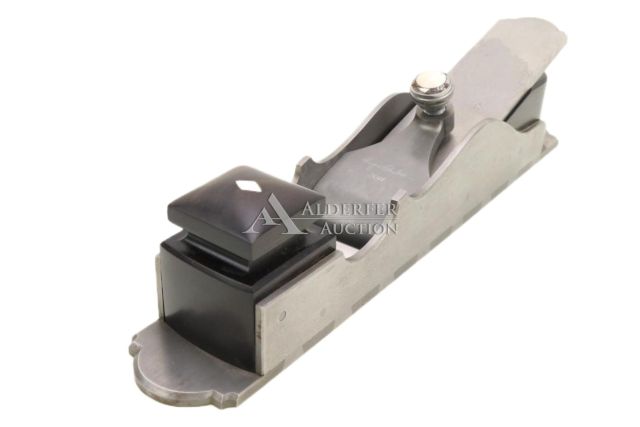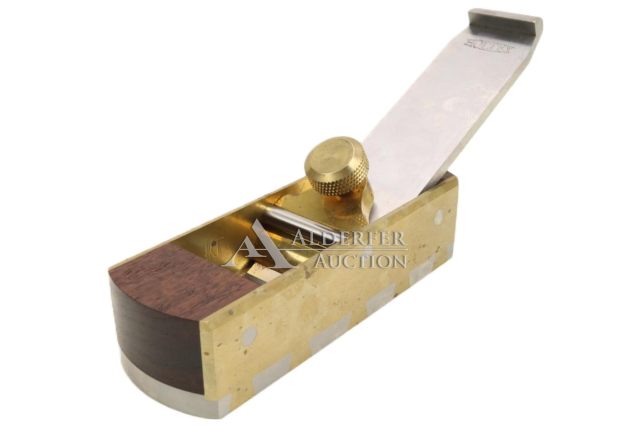
When you drill a hole with a 5/8” bit, then use a 5/8” tenon cutter to make the tenon, you should be golden…right?
Nope – unless you get lucky.
If you dare enter the fascinating world of boring you will quickly realize this truth: It is up to you to get your drill bits and tenon cutters to work together. You cannot trust the measurements stamped on the tool.
A quick example: a 5/8” WoodOwl spade bit and a 5/8” plug/tenon cutter from Lee Valley are not compatible. The tenon will drop into the mortise like throwing a hot dog down a hallway. It’s not a good joint.
There is no way I can cover all the bits and tenon cutters out there. But here is the methodology I use to get my mortises and tenons nice and tight.

Suggestion No. 1: Ignore the Official Measurements & Make Samples
A WoodOwl 5/8” spade bit and a WoodOwl 5/8” OverDrive bit make different-size holes. Because of its cutting geometry, the 5/8” spade bit cuts a hole that is .010” oversized. And that difference is enough to ruin a joint.
So when I get a new bit, I drill holes in oak, cherry and whatever species I have sitting around. Then I measure the holes and test them against the tenons I am making.

Suggestion No. 2: Ensure One Tool of the Pair is Adjustable
I can pair my Veritas 5/8” Power Tenon cutter with almost any 5/8” or 16mm bit because it’s adjustable. So usually I lean on that tool to make fine adjustments to the bits I have in my shop. I can pair it with my WoodOwl 5/8” spade by retracting the cutter of the tenon cutter. Or I can match it with my 5/8” OverDrive bit by advancing the tool’s cutter.
Here’s another example. Let’s say you have a 5/8” tenon/plug cutter because you cannot afford (or find for purchase) the adjustable Veritas 5/8” Power Tenon Cutter. In this case you cannot adjust the tenon/plug cutter, so you have to have an adjustable drill bit.
And that’s when you should definitely turn to spade bits. You can easily grind spade bits to match your tenon cutter. It takes seconds to do it, and you can sneak up on the right fit.

Suggestion No. 3: Go for a Snug Fit – at First
I am obsessive about the fit of my joints. Perhaps overly so. If you are like me, here’s how to go overboard. I adjust my tooling so that the tenon is a bit oversized and will not enter the mortise with hand pressure (usually .005” oversized or a little more). Then I use soft-jaw pliers to compress the tenons so they slip in to the mortise easily with almost no pressure.
This process makes assembly easier – the tenons slide right in. And the joinery is sound. The wet glue expands the tenons and locks the joint.

Suggestion No. 4: Use Tape
Once I have matched a tenon cutter and a drill bit, I wrap them each with a piece of brightly colored tape. This prevents me from making a terrible mistake.
— Christopher Schwarz









